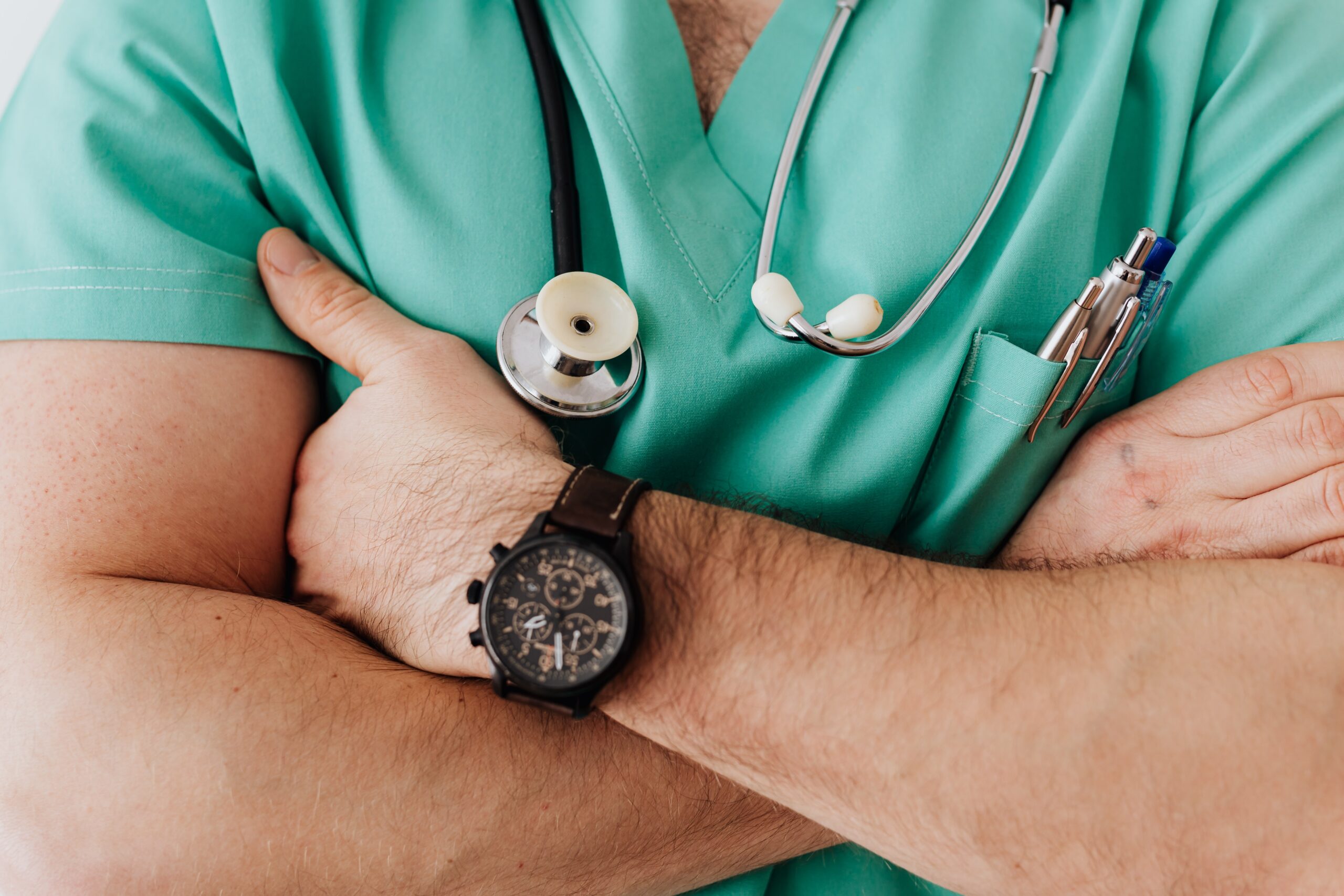Estimated reading time: 3 minutes
If you’ve been keeping up with the news lately, you’ll know that there have been mixed reports about whether ventilators are proving effective in the treatment of COVID-19. They’re often represented as the last hope for patients who have experienced respiratory side effects as a result of the virus, and are battling dangerously low oxygen levels and lung damage.
But in the month of April, experts started to ask questions about the long-term damage that a ventilator had the potential to cause, and whether they’re worth the complications they can cause.
In recognition of this, many healthcare facilities are now only treating COVID-19 patients with machine-assisted breathing as a very final resort, when the patient has not responded to any other treatment and is at risk of dying.
This means that instead of putting a patient on a ventilator at the first sign of hypoxia (oxygen deficiency), healthcare staff are now waiting until patients are in true respiratory distress before taking drastic action.
The Importance of Ventilators
A very high percentage of patients who are put on ventilators die – but this isn’t because they’re on the ventilator. It’s because they’re so critically ill with Coronavirus complications that even when their breathing is assisted, the rest of their body shuts down.
The reason why ventilators are being used so widely in the treatment of COVID-19 is that they can help save lives. A ventilator works much more quickly and accurately at detecting low levels of blood oxygen, thanks to its oxygen sensors (teledyne or similar) which prompt the machine to deliver a certain amount of oxygen into the patient’s airways. As a lack of oxygen is a sure and certain cause of death, putting patients with hypoxia on a ventilator can prevent them from dying as a result of oxygen deficiency.
The Side Effects of Ventilators
With that said, ventilators don’t come without their side effects, which worsen the longer a patient requires oxygen supplementation.
One of the biggest side effects is a weakened diaphragm (the muscle that controls respiration), as a result of this muscle not being used while the ventilator “breathes” for the patient. This can mean that when the patient is able to breathe on their own again, the muscle is not as strong as before, making breathing more difficult.
Having a ventilator breathing tube in their airways also puts patients more at risk of picking up infection in the alveoli (air sacs) in the lungs. Because patients aren’t able to cough away the microorganisms that could cause infection, they’re doubly more likely to develop one.
Additionally, ventilators can cause lung damage if too much oxygen is delivered at a time. High-tech ventilators don’t have this issue, as they use sensors that detect oxygen and deliver exactly the amount the patient requires. If a ventilator is being offered by a medical professional, however, there is the potential for error. If the force amount of air entering a patient’s lungs is too strong, this can also cause lung damage.
Share this content:
